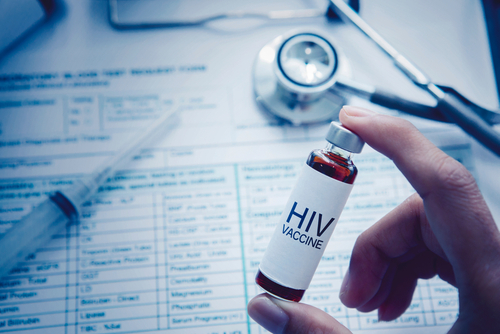
Low vaccination rates across multiple metropolitan areas may lead to large-scale measles outbreaks, according to a new study published in JAMA Network Open.
The study design was an agent-based analytical model, which is implemented to simulate the actions and interactions of a group that follow a set a rules. Such a model is ideal for assessing the behavior of a collection of agents in an interconnected system. The researchers evaluated the study data using a tool known as the Framework for Reconstructing Epidemiological Dynamics (FRED). The FRED tool was able to forecast the spread of measles from a synthetic population of Texas generated from the 2010 US Census. Each member of the synthetic population was assigned a household location according to US Census tract populations and demographic distributions.
All individuals were assigned workplaces corresponding to commuting patterns, business sizes, and employment rates. Each school-aged agent was assigned a school type either a private or public school location based on demographic characteristics. The researchers assigned student vaccination rates based on the reported vaccination rate of the equivalent real school that agents attended. Individuals born before 1957 were exempt from analysis as they were assumed to be immune from measles because they were exposed before mass vaccination. Moreover, single cases of measles were introduced, daily activities and interactions were modeled for each population member, and the number of infections over the duration of 9 months was counted for 1,000 simulated runs in each Texas metropolitan area.
Following analysis, the research found that with respect to 2018 vaccination rates, the median number of cases in large metropolitan areas was typically small, ranging from only 1 to 3 cases, a rate consistent with outbreaks in Texas 2006 to 2017. However, the study found that decreases in vaccination rates in schools with under vaccinated populations in 2018 were associated with exponential increases in the potential size of outbreaks: a 5% decrease in vaccination rate was associated with a 40% to 4000% increase in potential outbreak size, depending on the metropolitan area.
Forecasted Size of Measles Outbreaks Associated With Vaccination Exemptions for Schoolchildren: “A 5% decrease in vaccination rate was associated with a 40% to 4000% increase in potential outbreak size, depending on the metropolitan area.” https://t.co/X4tHIDkKsm
— Michael Calderwood, MD, MPH (@CalderwoodMD) August 26, 2019
“Simulations of potential measles outbreaks in Texas, using 2018 school vaccination rates, suggest that there is a significant chance of outbreaks totaling more than 100 cases in multiple geographic areas,” the study authors wrote in their conclusion.
“If the vaccination rate among students in Texas continues to decrease in schools with under vaccinated populations, the potential number of cases associated with measles outbreaks is estimated to increase exponentially. It is estimated that in measles outbreaks with more than 25 cases, a mean (SD) of 36% (11%) of cases may occur in people who are not students for whom a vaccine has been refused.”
https://twitter.com/EdDarrell/status/1165320380015415296?s=20
https://twitter.com/MatthewSchabath/status/1166314146272620544?s=20







 © 2025 Mashup Media, LLC, a Formedics Property. All Rights Reserved.
© 2025 Mashup Media, LLC, a Formedics Property. All Rights Reserved.